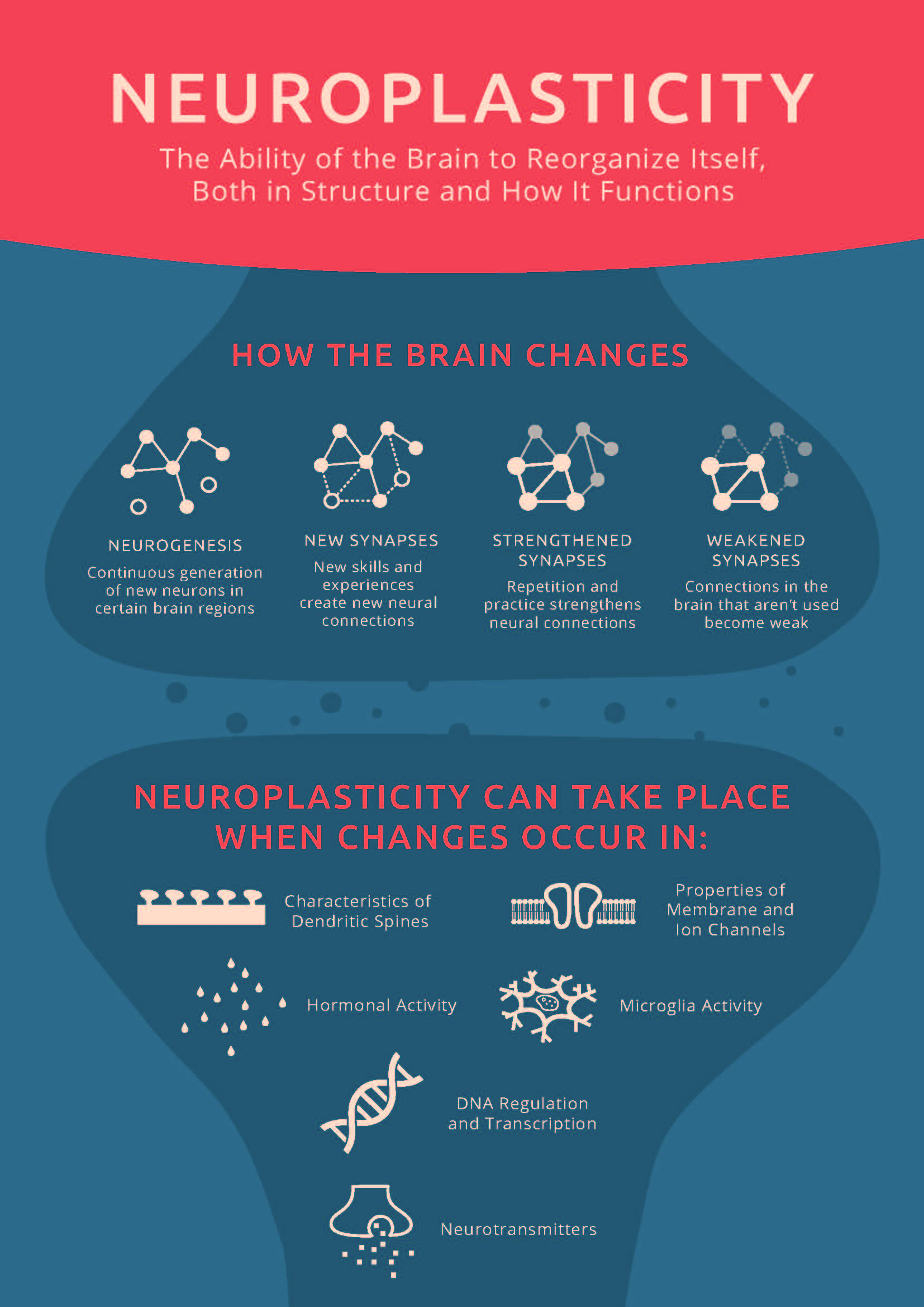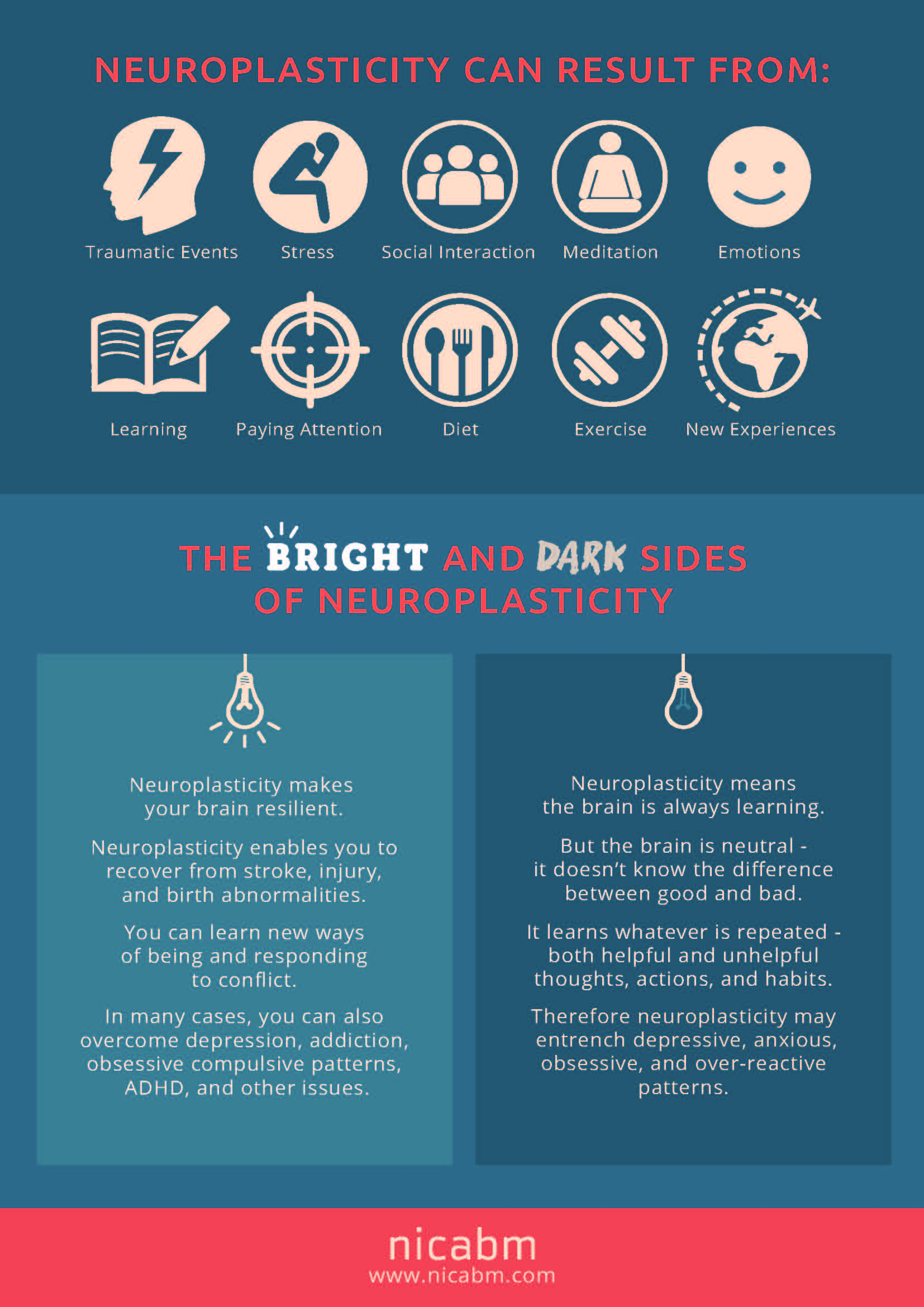Brain & Anxiety
Anxiety is the most common complaint for which people seek individual psychotherapy. For some, anxiety has been a part of their lives for a very long time. Before we proceed, here is an interesting theory on why so many people experience anxiety. Researchers believe that modern humans are predisposed to anxiety due to, so to speak, the “survival of the most afraid.” Our distant ancestors lived in far more dangerous environments with far fewer tools to overcome danger. Whereas their limbic system was already well developed, their prefrontal cortex was many, many generations from what it is today. Those who had a more active amygdala were most likely to be extra cautious when it came to their own wellbeing as well as that of their offspring. Because of their vigilance, they were more likely to survive and pass on their genes (and very active amygdalae). By contrast, early humans who were too laid back were more likely to meet their demise as prey or succumb to other calamities. Therefore, it is believed that we inherited through natural selection an amygdala structure that serves us well in many instances but is also too vigilant for our modern times.
In the Overview section for anxiety disorders, I indicated that there are two very different parts of the brain from which anxiety can originate: the cerebral cortex and the amygdala. The existence of the two pathways has been demonstrated in studies using functional Magnetic Resonance Imaging (fMRI). This section presents additional information about the brain circuitry involved in the creation of anxiety. By no means is this an exhaustive account of how the brain generates anxiety. What is described on this page is a brief summary of the current knowledge. Advances continue to be made every day, although much of how the brain operates remains a mystery.
The cerebral cortex (or “cortex” for short) is the center of our conscious thought and the seat of higher functions, including problem-solving, self-regulation, logic, perceiving, reasoning, and learning. When we think of what causes anxiety, we usually blame “anxious thoughts” or “worry.” In other words, we think of the cortex pathway to anxiety. Since we consider ourselves to be highly intelligent, thinking beings, it is natural to assume that all of our anxiety comes from our thoughts.
Some people do indeed suffer mostly from cortex-based anxiety. You know this is the case if you are preoccupied with worry and doubt, if your thoughts keep turning to images or ideas that ramp up the anxiety, or if you ruminate both on the problem and possible solutions. It is also possible to switch back and forth between the two pathways. At times, your cortex is causing you anxiety, while at others, the amygdala has taken over.
The cortex pathway to anxiety begins with sensory input, which in most cases is routed by the thalamus, a structure in the center of the forebrain. The thalamus then processes it and sends it to the various regions of the cortex to be processed further and interpreted. The cortex organizes received information so that we can understand it as well as retrieve it in the future. It is possible for the cortex to misinterpret harmless incoming stimuli as something negative and send a signal to the amygdala, which then creates a negative emotional experience.
In addition to attaching meaning and memories to our sensory experiences, the cortex can anticipate future events and imagine a wide array of consequences. It does this in the form of thoughts as well as images. When these projected outcomes are repeatedly negative, anxiety is created, including the type that is the hallmark of Generalized Anxiety Disorder. In this case, it is not necessary for a present sensory stimulus to come in by way of the thalamus and be interpreted as negative. It is simply the cortex producing its own thoughts or images that begin the anxiety loop.
The amygdala is part of the limbic system, a set of interlinked structures in the subcortical region of the cerebrum that are particularly important for emotion, activation of survival instincts, motivation, and memory storage and retrieval. The system’s popular monikers are the “emotional brain” and the “feeling and reacting brain.” In addition, the amygdala on its own is often referred to as the “fear center.” Neuroscientists do not entirely agree as to which structures should be included in the limbic system. Typically, the amygdala, the hippocampus, the hypothalamus, and the olfactory cortex are included. Thereafter, depending on the source, a few other structures are seen as either belonging to the limbic system or as structures that are just closely associated with it.
Source: Wikimedia Commons
The amygdala’s primary function is that of an ever-present protective sentry. It receives sensory information and then determines if any of it contains potential danger. Although some of the potentially dangerous stimuli are hardwired, the majority of negative responses are learned through life experiences.
The amygdala performs additional functions relevant to the anxiety pathway, including the following:
- Receives danger signals from the cortex pathway (e.g., anxious thoughts)
- Communicates the presence of danger to parts of the brain that are responsible for initiating the instinctual fight-flight-freeze response which mobilizes the body for action or tells it to be completely still
- Assigns emotional significance to events
- Forms and recalls emotional memories, regardless of whether the cortex remembers the same emotionally charged event
- Communicates with the hippocampus, which connects negative emotions to the context in which the threatening event occurred (the hippocampus plays an important role in memory processing)
You are experiencing amygdala-based anxiety if you are responding with physical reactions. These reactions include pounding heart, muscle tension, perspiration, increased blood pressure, a surge of adrenaline, and others. You may also experience the impulse to become aggressive or to run, or to just “be still” (sometimes described as “I felt paralyzed”). In other words, the amygdala has triggered your fight-flight-freeze response. These are the hallmark symptoms of Panic Disorder.
An important aspect of how amygdala functions is by responding to emotional stimuli even when we are not consciously aware of them. If your anxiety is cortex-based, you are more likely to identify why you feel anxious. If, on the other hand, you are susceptible to amygdala’s influence, you may describe your anxiety as “making no logical sense” and as “starting for no apparent reason.”
As with the cortex pathway to anxiety, the amygdala pathway begins with the sensory input from the thalamus. The most important difference is that the pathway from the thalamus to the amygdala is more direct. Although the information from the thalamus is sent out to both structures simultaneously, the amygdala receives it before the cortex has had a chance to complete its processing. Therefore, it reacts 5-6 times faster, in less than 100 milliseconds.
The speed with which the amygdala is able to react is both good news and bad news.
The good news is that we need the amygdala to be fast in order to save us from potential danger. For example, if the car coming from the opposite direction begins to swerve into your lane (visual input), you need the amygdala to alert you to danger so you can react in as little time as possible. If you had to wait for the detail-oriented cortex to receive, organize, process, send for additional processing, and then integrate the sensory input in order for you to make an informed choice, you would be in serious trouble.
The bad news is that the amygdala can be overvigilant and cause strong negative emotions and trigger somatic symptoms when there is no real danger. Because of its importance to survival, it is also hardwired with the capability to both strongly influence as well as override the calmer, more logical areas of the cortex. There are many more connections going from the amygdala to the cortex than there are going the opposite way.
Memory is another way in which the amygdala can function without input from the cortex. The amygdala forms emotional memories through the process of association (and with the help from the hippocampus). For this to occur, the cortex does not necessarily have to remember the same event. Studies have shown that individuals with damage to the cortex—where conscious memory resides—still retain their emotional amygdala memories and respond with fear when a prior unpleasant experience is repeated.
Lastly, another good news/bad news situation with anxiety and the brain involves the concept of neuroplasticity. The bad news is that someone who has had anxiety for a while, or whose amygdala has become overactive due to significant trauma (such as in PTSD), has been strengthening anxiety circuits throughout the brain. However, research has shown that with the right kind of treatment, determination, and time, it is possible to create new healthy circuits so that the old ones causing all the trouble eventually atrophy. Just like many other parts of the brain, the amygdala is capable of being retrained toward more adaptive functioning.


